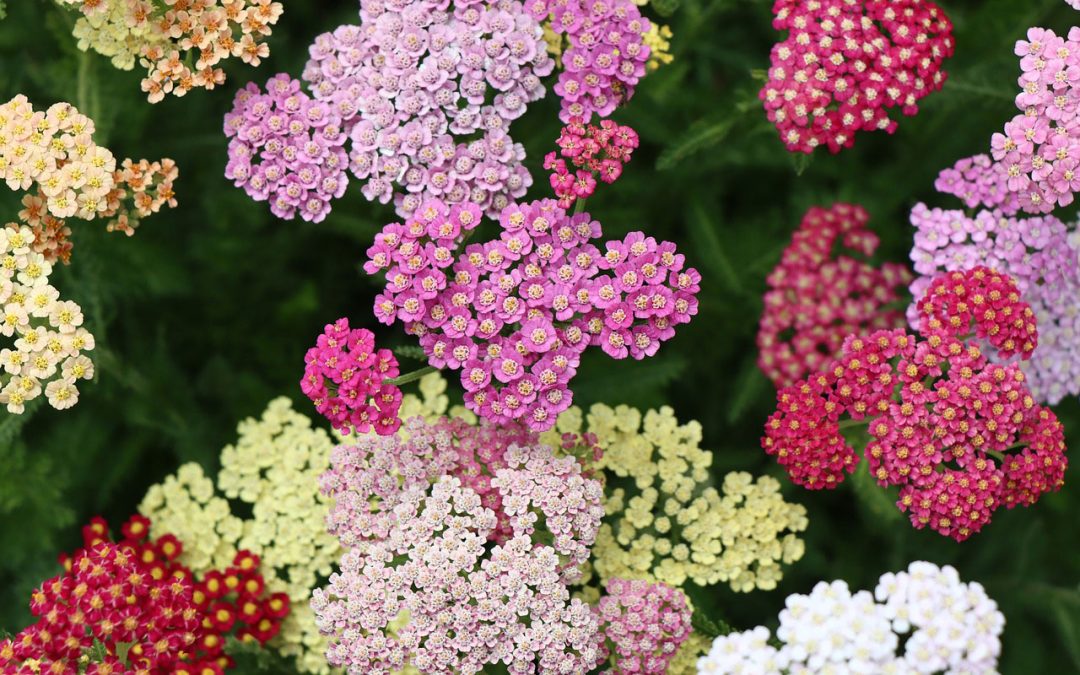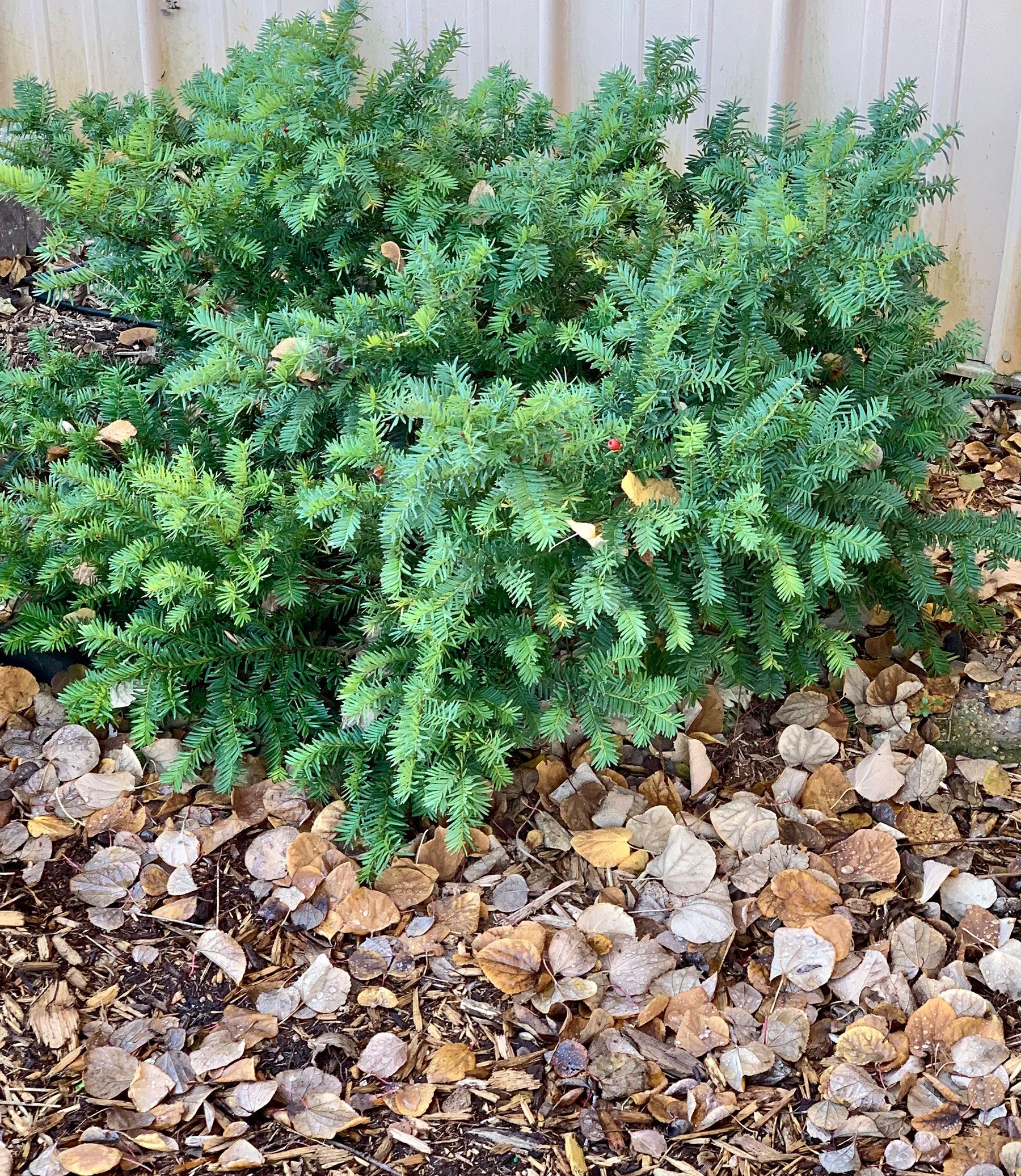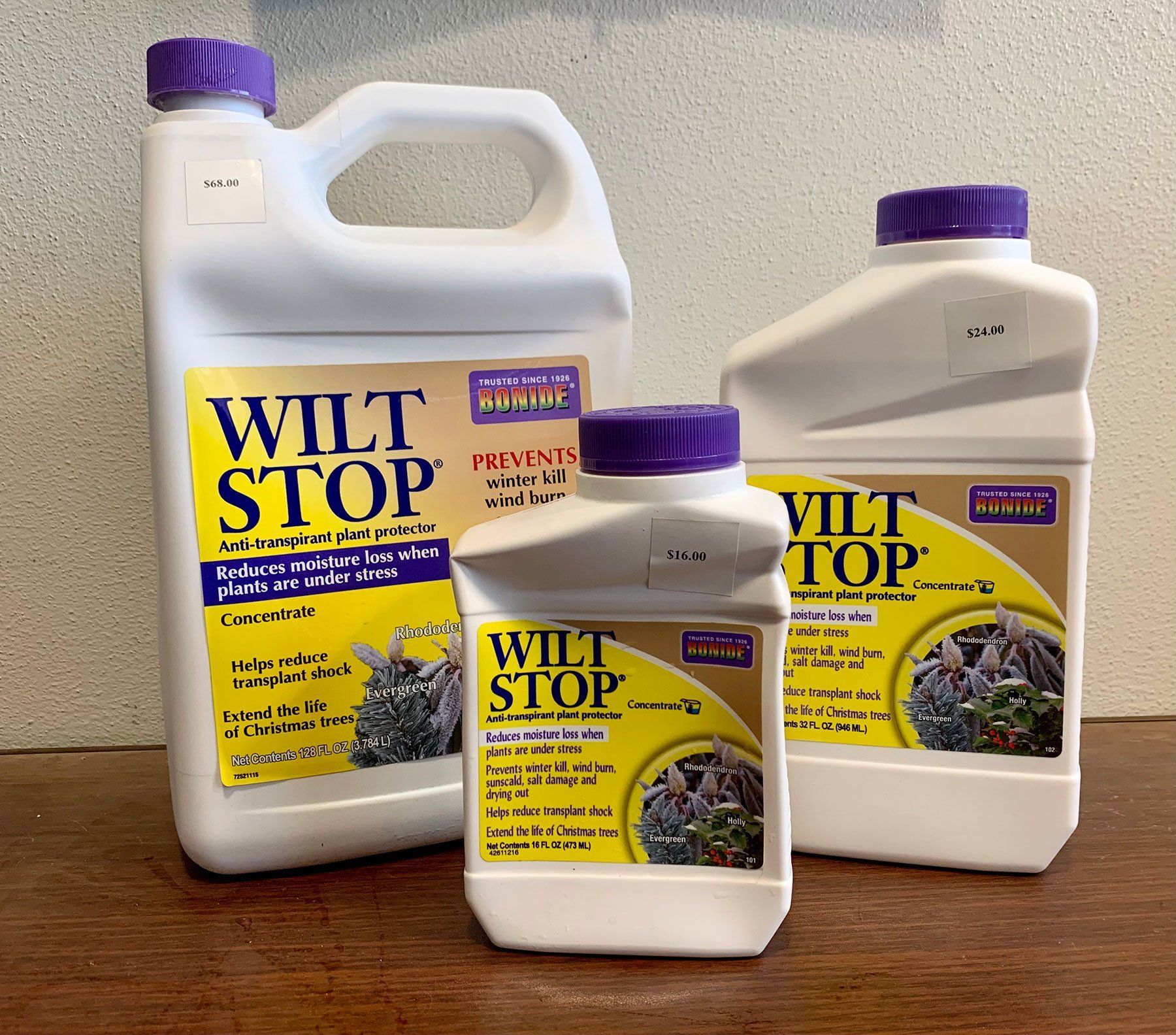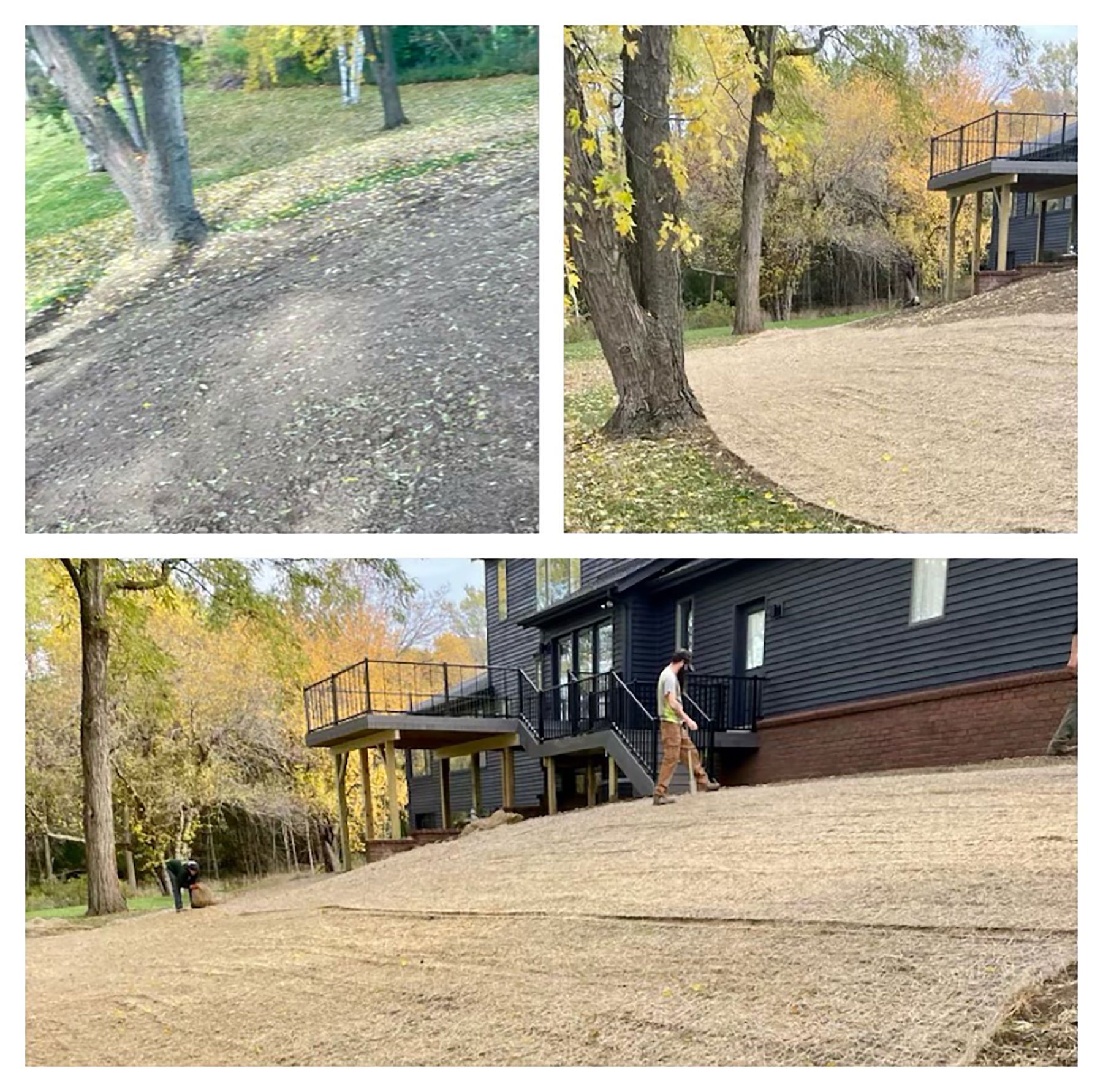
Wisconsin Gardener’s Tips for July 2023
Perennials
As we venture into July, it’s crucial to adjust your watering strategy to account for potential dry spells. Early-season shallow watering could leave plants unprepared to source water from deep within the soil. Therefore, for this month, make sure to water your garden deeply, albeit only once per week if the weather is dry. Watering early in the day helps minimize the water loss to evaporation and can also reduce the likelihood of diseases. Be mindful to top up your watering in response to evaporation. July might bring breathtaking beauty, but also harsh heat.
Shrubs
Are you observing something unusual with your shrubs? It might be a fungus problem. Common symptoms include a powdery white substance on stems and leaves, black spots, noticeable pores or visible mold. While most fungi aren’t life-threatening, they can affect the aesthetics of your plants. Combat these fungi with an appropriate fungicide, available in various types at our garden center. If you’re uncertain about the best product for your needs, or need more information on plant treatment, our team members are ready to help. However, remember that Rust, a common issue, isn’t remediable with a fungicide.
Trees
If your spruce trees are browning and shedding needles, they might be suffering from Rhizosphaera Needle cast, a fungal disease. If detected early, needle cast can be treated with fungicides containing chlorothalonil. To protect your majestic trees from this fungus, ensure they’re planted in areas with ample airflow. Since the fungus proliferates in humid central parts of the tree, a well-ventilated area is ideal to inhibit fungal development.
Lawn
When it comes to establishing a new lawn, there’s a choice between sod and seed. Generally, seed emerges as the superior option for most of our customers due to its cost-effectiveness, low maintenance, and quick ground cover, which usually sets within 1-2 weeks. However, if you need an instant grass cover, sod might be the better option, albeit it’s pricier and offers fewer varieties.
Don’t miss out on these gardening tips and our special offers for June at Heritage Hill Nursery, Inc. Visit our garden center and start enhancing your outdoor oasis today.





























